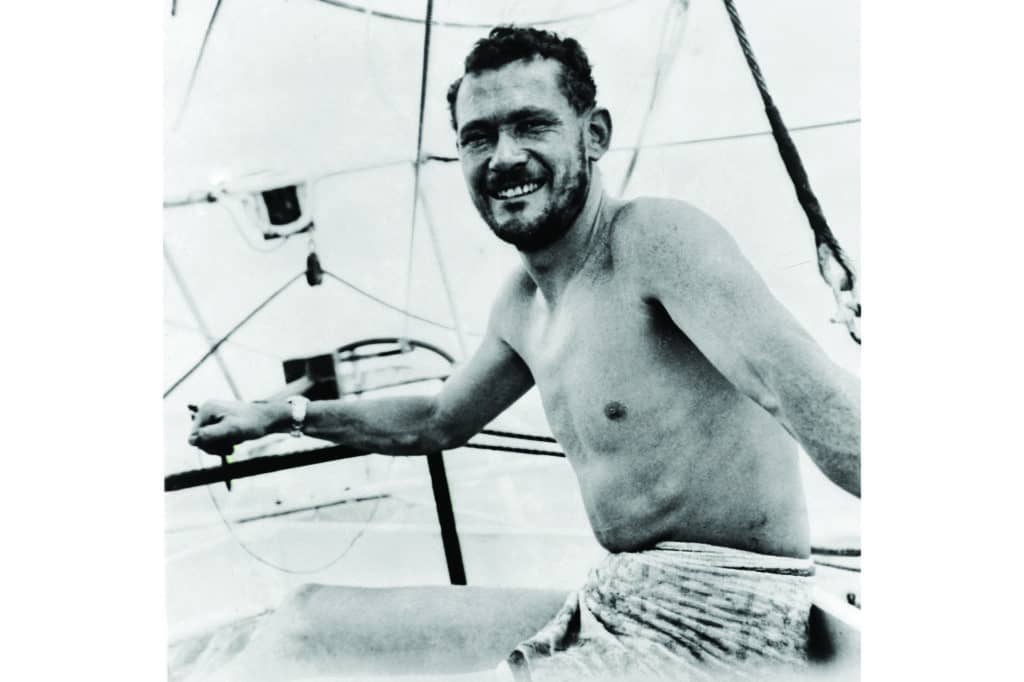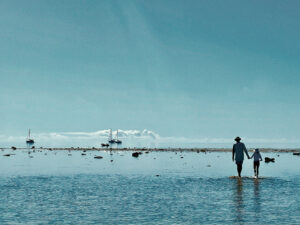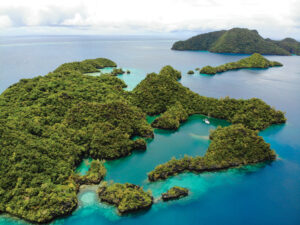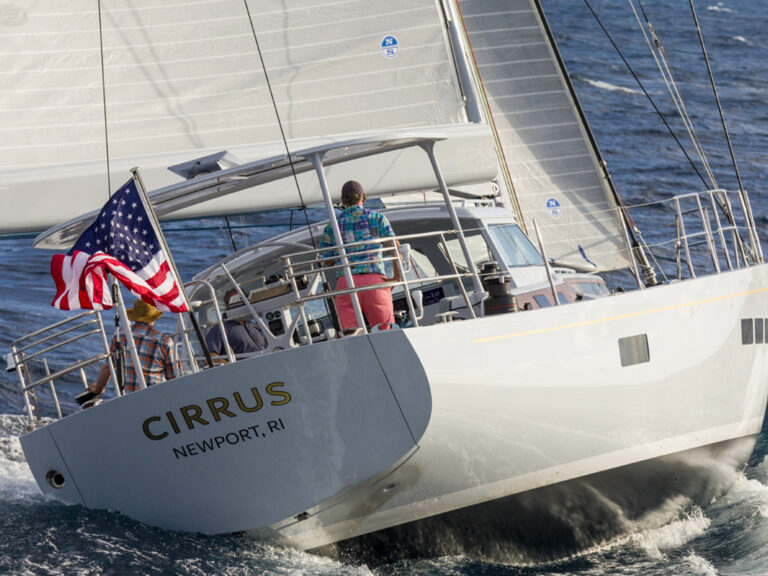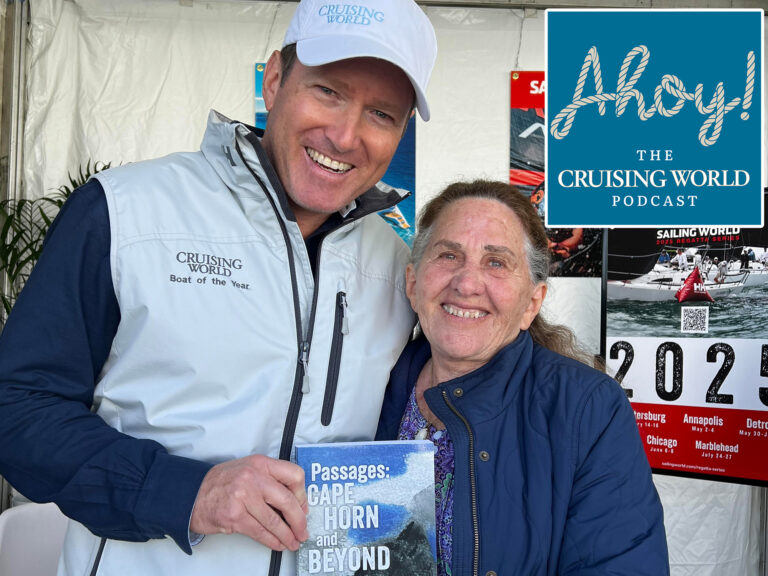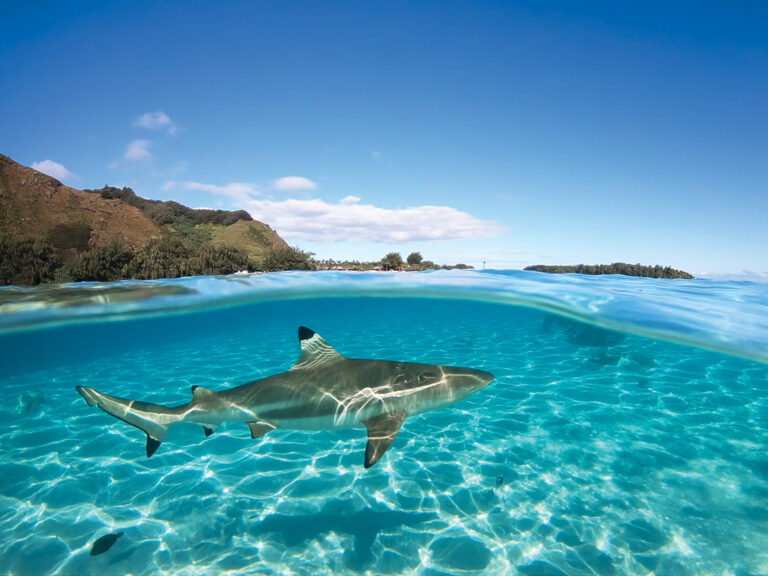While there’s zero question that modern electronics, state-of-the-art design, and laminate sails ensure speed and safety offshore, they also strip away a certain element of adventure. Fortunately, for anyone who appreciates bigger, bolder question marks and lower-percentage outcomes, the Golden Globe Race of 2018 is offering a portal back to the so-called golden days of low-tech offshore sailing.
Round-the-world racing began with the fabled Sunday Times-sponsored Golden Globe Race of 1968-1969, which saw Sir Robin Knox-Johnston best a fleet of eight to complete the world’s first nonstop, singlehanded circumnavigation aboard Suhaili, a 34-foot Bermudan ketch. Knox-Johnston’s achievement made international headlines, and the art of singlehanded round-the-world racing was born. However, as interest and participation levels swelled, and marine electronics, yacht design, and weather routing became increasingly sophisticated, the adventure quotient started ebbing. While François Gabart’s winning time of 78 days, 2 hours, 16 minutes and 40 seconds (the current world record) aboard Macif in the 2012-2013 Vendée Globe usurped the 312 days that Knox-Johnston spent at sea aboard Suhaili in 1969, it also didn’t involve sextants, dead reckoning or an 89 percent attrition rate — the sort of big-picture variables that inspired men like Knox-Johnston, Bernard Moitessier, Nigel Tetley and even the ill-fated Donald Crowhurst to hoist sail.
Enter the Golden Globe Race of 2018, the brainchild of Australian adventurer Don McIntyre. This invitation-only event starts on June 14, 2018, in Falmouth, U.K., and is open to 30 singlehanded sailors racing aboard yachts of similar ilk to Suhaili. This means production boats between 32 and 36 feet LOA, built before 1988, and which carry a full keel (and attached rudder) and a minimum displacement of 13,668 pounds. Each skipper must have completed 8,000 miles of offshore sailing, 2,000 of which must have been done singlehanded. And, while all competitors must carry certain race-mandated emergency equipment, as well as a two-way satellite texting device and two handheld satellite phones, these are strictly for dire emergencies or to communicate with race officials; any racer who breaks the seal on the box that contains his portable GPS chart plotter (or who makes a stop) is no longer eligible for the GGR trophy, but rather for honors in the “Chichester Class.”
“I was always inspired by Robin Knox-Johnston as a kid, and the original GGR from reading all the books of that era,” says McIntyre about his impetus for both founding and participating in the GGR 2018. “It led me to race in the BOC challenge in 1990, but it was still not nonstop in a little boat. During a year of isolation in Antarctica, I thought about re-creating Suhaili’s voyage for the 30th anniversary, but life got in the way. Last year, I decided the time had come.”
With an emphasis on racing across bold swaths of blue aboard small, electronically blind boats, the GGR 2018 will leave the U.K. and plunge south through the Atlantic Ocean, leaving the great capes to port, while honoring other organizer-defined gates and geographic barriers. All racers must pass into Tasmania’s Storm Bay, where their individual clocks are temporarily stopped, and where they must drift for 90 minutes, meeting with the race director, media and family (but not touching land or human flesh, nor receiving resupply or outside aid), before continuing on toward New Zealand, and then the big, lonely push to Cape Horn. Once clear of South America, sailors “sprint” (relatively speaking) back toward Falmouth. The winner will collect a $115,000 purse, and anyone who finishes before 1500 hours on April 22, 2019 — 50 years to the day since RKJ completed his first circumnavigation — will receive a Suhaili trophy and a refund of his entry fee.
“When I first heard about the 2018 GGR, I thought it was a great idea. Why not do it, reach out to people who have the ambition to do something special with their lives,” says Robin Knox-Johnston. “I intend to be at the start with Suhaili to celebrate this anniversary, and I expect to be joined by two other yachts that competed in the original Sunday Times race.” As for the GGR 2018’s competition level, skippers might be taking noonday sun sightings, but — given that all competitors will share equal technological handicapping — McIntyre isn’t convinced that this will temper on-the-water rivalries. “The mix of entrants is amazing across the board, which makes this event like no other,” says McIntyre. “This race is open to anyone with the dream. It includes some of the most competitive big-name racing sailors in the world, some of the youngest and oldest, and adventurers and dreamers, all in it for their own personal reasons. There is an underlying theme: Ninety percent want to win. … It’s a grand adventure regardless, but it’s obvious to me there’s going to be more than a little friendly competition.”
While competitors won’t benefit from accurate position fixes or modern weather routing, they can at least take heart in the fact that they won’t be staring down the 30-plus-knot, white-knuckle sled rides in the Southern Ocean that Gabart mastered by the time he re-entered the Atlantic Ocean in 2013. Of course, Gabart’s IMOCA 60 will be looking pretty good to GGR 2018 skippers when the winds get light, but — if nothing else — this full-bodied adventure race proves that in today’s diversified sailing landscape, there are courses for all horses.
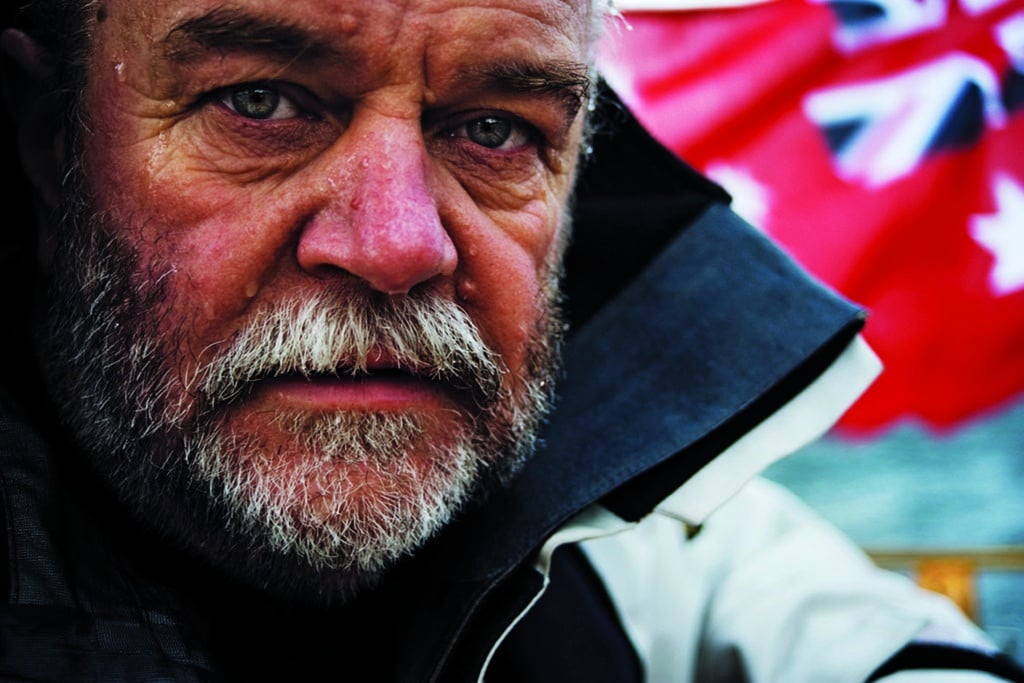
Don McIntyre, Australian adventurer and founder of the 2018 Golden Globe Yacht Race due to start from Falmouth UK on 14th June 2018.
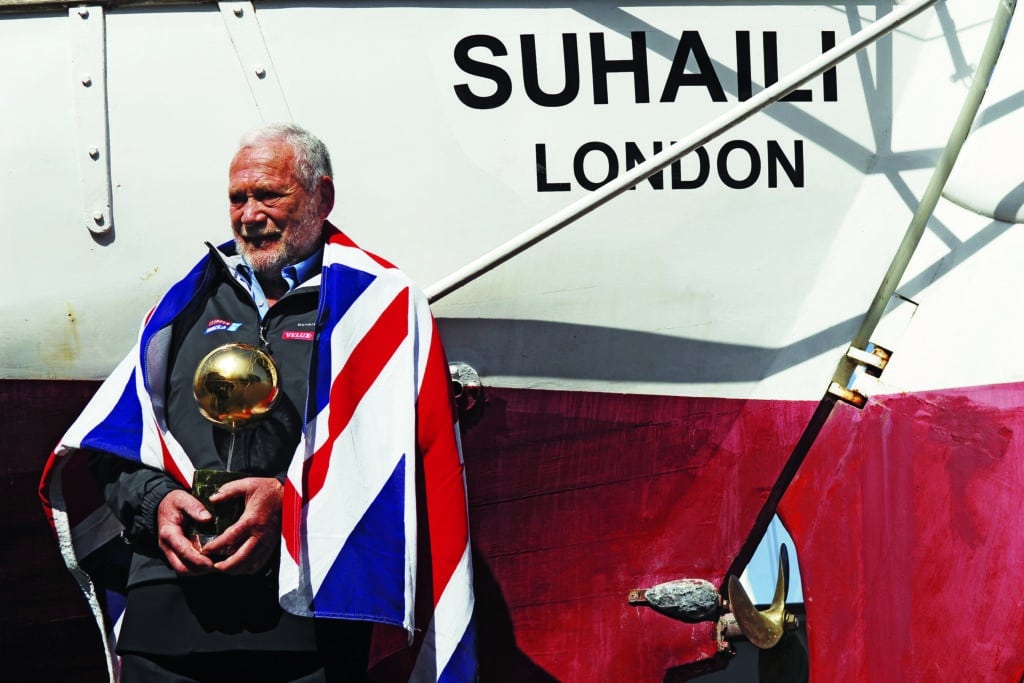
Robin Knox Johnston – Golden Globe Race 40th Anniversary
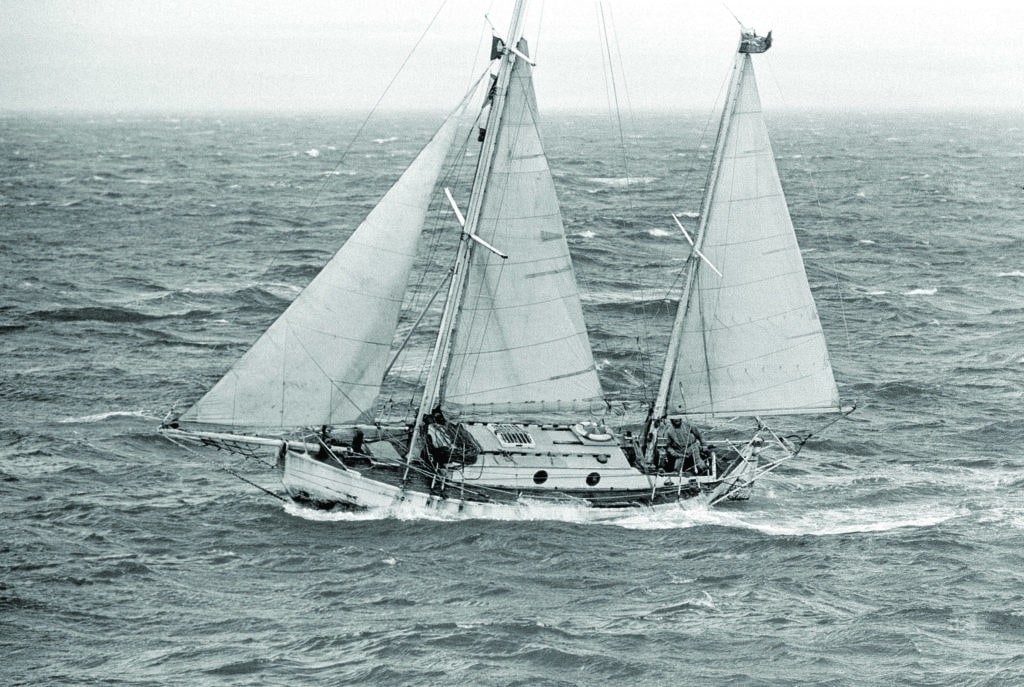
Circa 22nd April 1969: Robin Knox-Johnston aboard his 32ft yacht SUHAILI off Falmouth, England after becoming the first man to sail solo non-stop around the globe. Knox-Johnston was the sole finisher in the Sunday Times Golden Globe solo round the world
